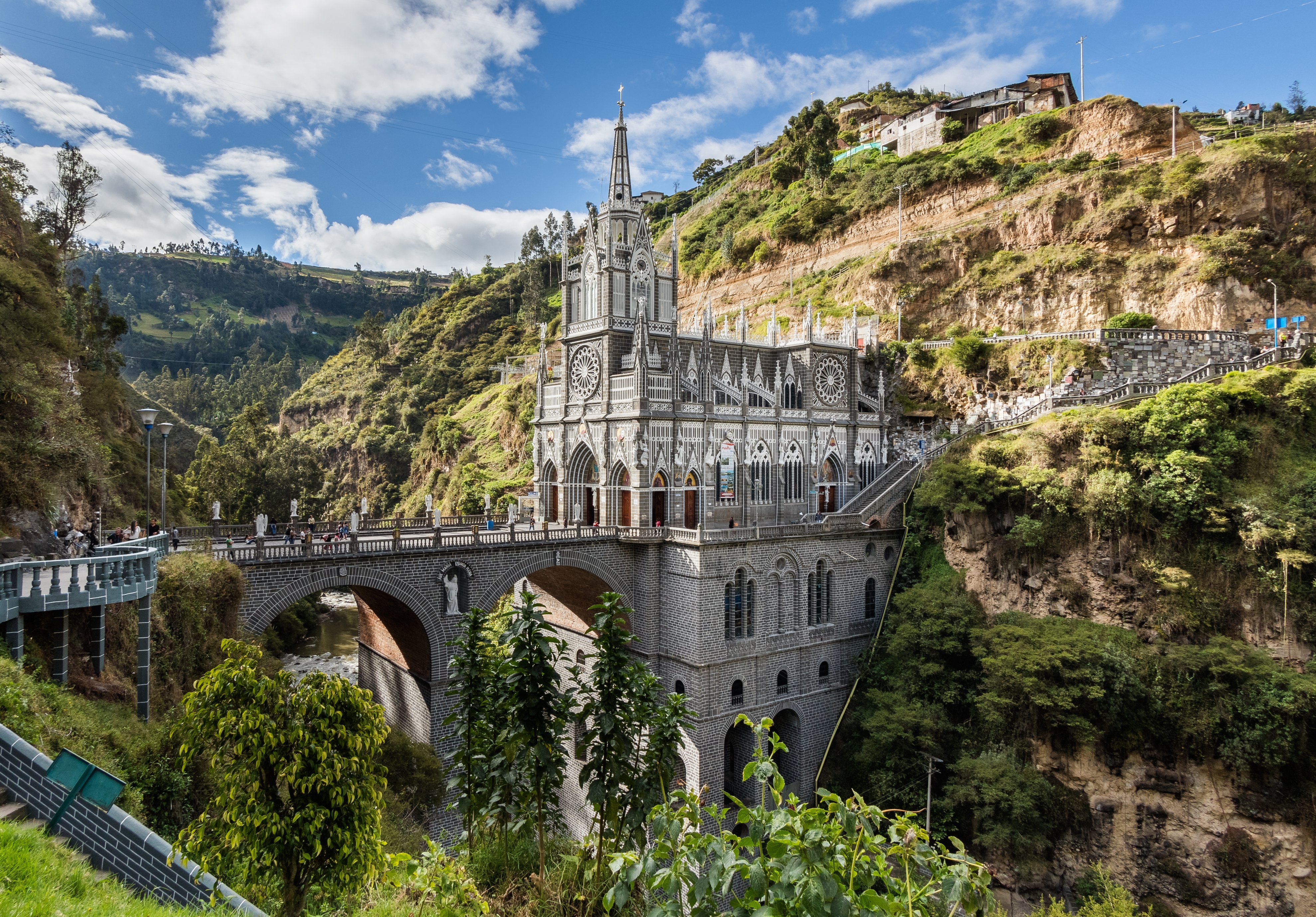🇨🇴map Colombia [Overview]

Colombia sits at the northern tip of South America where the Andes meet the Caribbean and Pacific. It bridges continents culturally and commercially, with busy air routes to North America and Europe and a coastline that opens to two oceans. The country’s population is one of the largest in Latin America, concentrated around the highland cities of Bogotá, Medellín, and Cali, as well as along the Caribbean coast. Colombia is the world’s leading source of emeralds, and you’ll notice that gemstone heritage reflected in markets and museums from the capital to smaller colonial towns.
Economy
Colombia’s economy is diverse, and that’s part of its resilience. People work across services like finance, education, healthcare, and an energetic tech and creative sector in the major cities. Industry includes oil and gas, mining (notably coal and emeralds), manufacturing, textiles, and processed foods. Agriculture still matters: coffee from the Eje Cafetero, cut flowers exported globally, bananas and palm oil on the coasts, and cacao and tropical fruits in warmer valleys. For digital nomads, the services ecosystem—coworking spaces, delivery platforms, and reliable intercity flight networks—has grown quickly in the last decade.
The country is well connected to the world through major airlines serving Bogotá, Medellín, and Cartagena, extensive trade through Caribbean ports like Cartagena and Barranquilla, and membership in regional blocs such as the Pacific Alliance. Free trade ties and investment links span the Americas and Europe, and you’ll feel that international mix in food, music festivals, and foreign-run startups. Internet speeds are strongest in big cities, and mobile coverage is solid along the populated corridor, which makes remote work practical if you base yourself in urban centers or established beach hubs.
Culture
Spanish is the dominant language nationwide, and you’ll hear distinct regional accents from the coast to the mountains. Indigenous languages persist in specific communities, and there’s an Afro-Colombian cultural footprint along the Pacific and Caribbean coasts that shapes music, cuisine, and festivals. Colombia’s people reflect centuries of blending among Indigenous, European, and African roots, with migration from the Middle East and elsewhere adding new layers in the 20th century. The country’s story includes pre-Columbian civilizations, Spanish colonial rule, independence leadership under figures like Simón Bolívar, and a modern push toward reconciliation and cultural renaissance in cities that have reinvented themselves.
Colombians take pride in coffee culture, fútbol, literature, and a music scene that ranges from vallenato and cumbia to salsa and global pop. Most Colombians identify with Christianity, primarily Roman Catholicism, though other Christian denominations and a variety of faiths are present in the cities. National celebrations bring people into the streets—Independence Day in July, the flower-filled Feria de las Flores in Medellín, Barranquilla’s Carnival on the Caribbean coast, and the December candlelit tradition of Día de las Velitas. As a newcomer, you’ll feel how hospitality and family ties shape daily life, from long Sunday lunches to impromptu salsa lessons that can turn an ordinary evening into a memory.
Maria
Maria is a bilingual travel writer and immigration consultant originally from Mexico City, with extensive
experience living and working across Latin America. She spent her early career as a journalist covering
cross-border migration and expatriate communities throughout Central and South America. Having personally
navigated complex visa processes in multiple countries including the United States and Spain,
Maria understands firsthand the challenges faced by Latin American professionals seeking international
opportunities.
Published: 2025-03-23